Xiamen Workway Protection Technology Co., Ltd. excels in bridging the gap between Europe and China in the safety footwear sector. We specialize in exporting high-quality safety shoes to European markets, backed by proficient English support for seamless communication. Export Expertise: Our expertise in exporting to Europe is unparalleled. We understand the nuances of international trade, logistics, and customs, ensuring a smooth and efficient export process. Our experience in handling European market requirements makes us a reliable partner for businesses looking to import safety footwear from China. English Language Proficiency: Communication is key in international trade, and at Xiamen Workway, we excel in this aspect. Our team is proficient in English, which allows us to provide exceptional support and service to our European clients, ensuring clear and effective communication throughout the business process. European Success Stories: Our history of successful exports to Europe is a testament to our capabilities. We have consistently met the expectations of our European clients, delivering quality safety shoes that meet their specific needs and standards. These success stories underscore our position as a trusted supplier in the European market. Conclusion: Xiamen Workway is not just a supplier; we are a gateway for European businesses looking to source the best in safety footwear from China. With our expertise in export, proficiency in English, and commitment to quality, we are the ideal partner for bridging your safety footwear needs between Europe and China.
View More









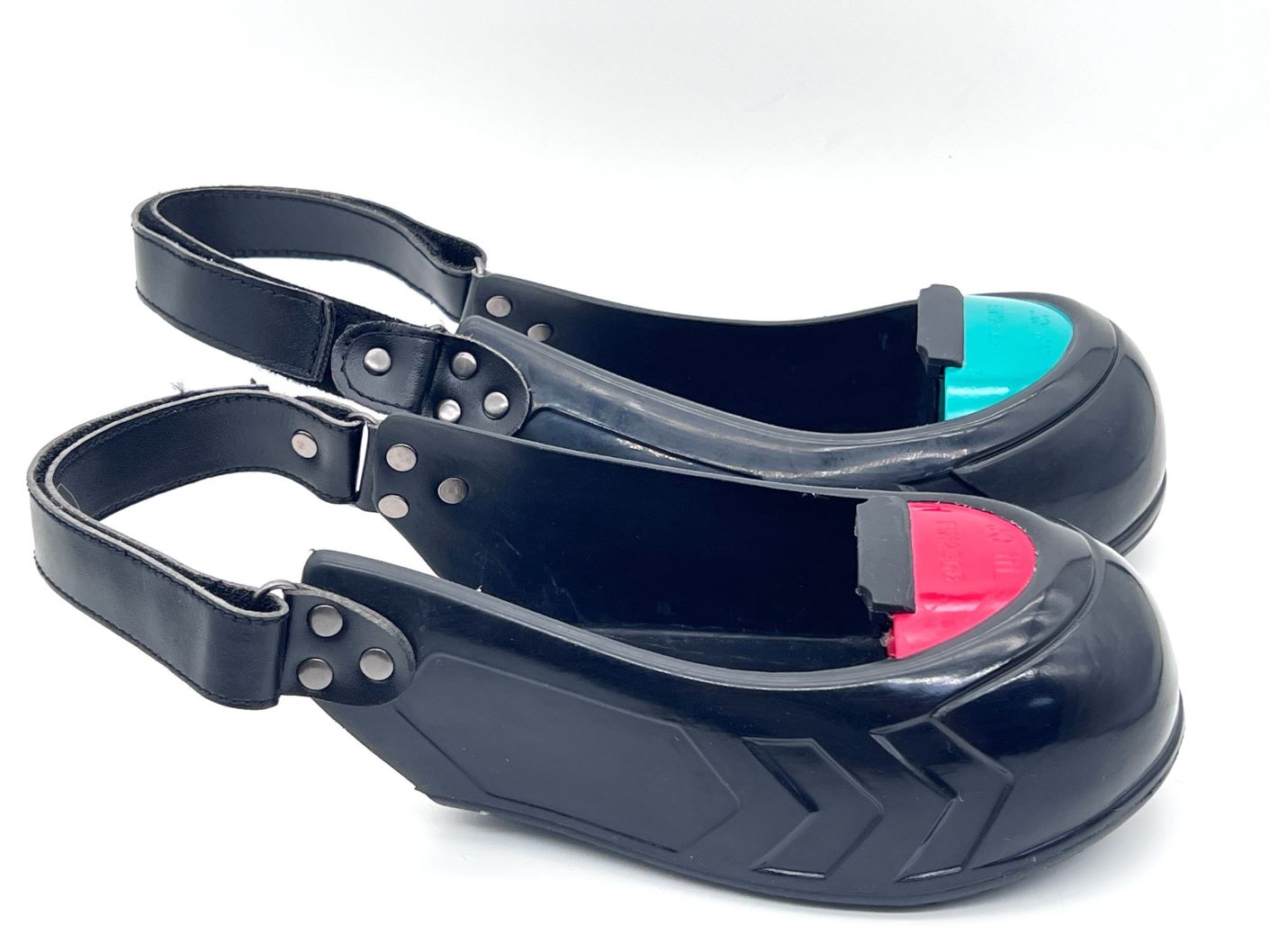
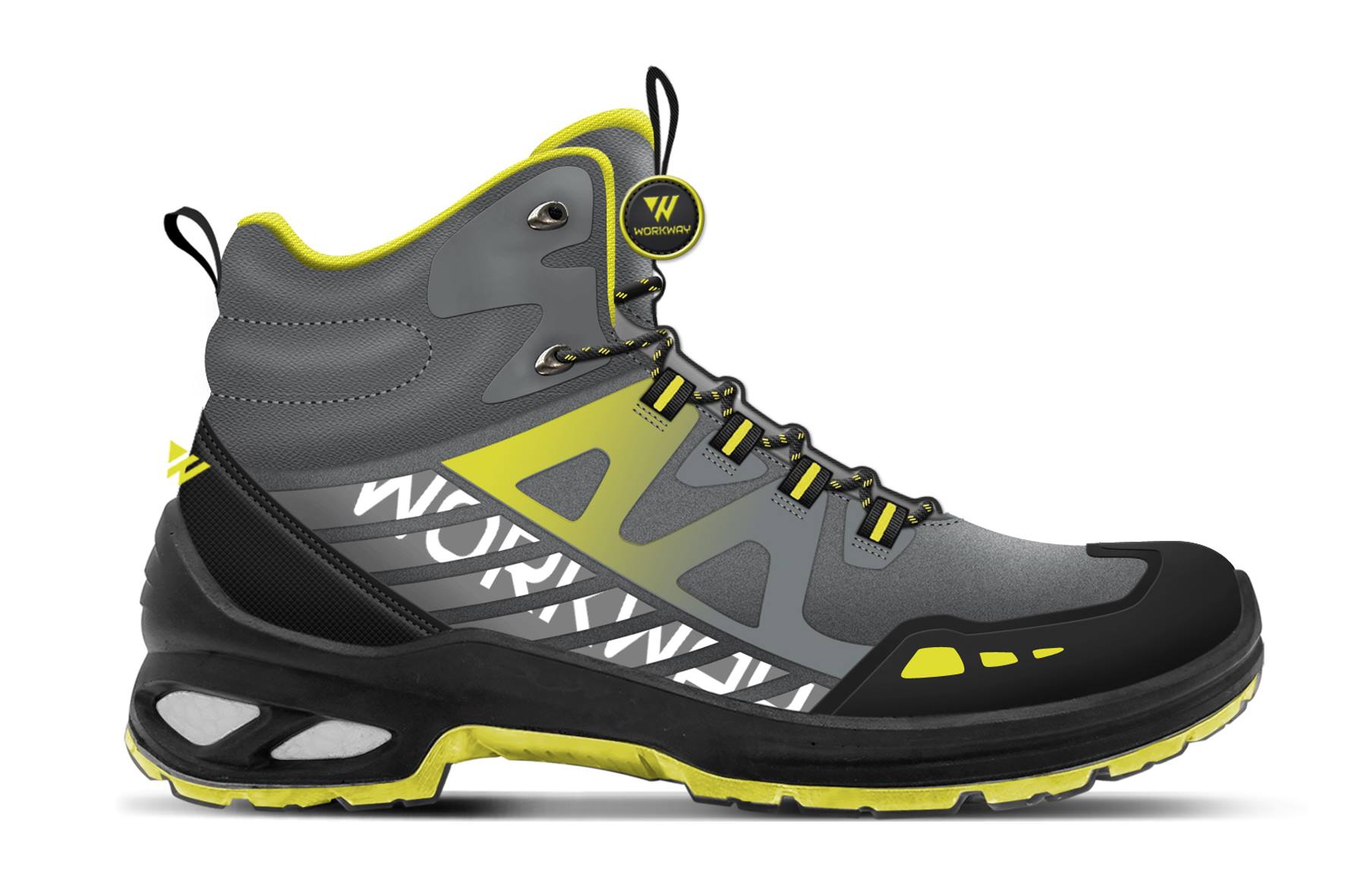
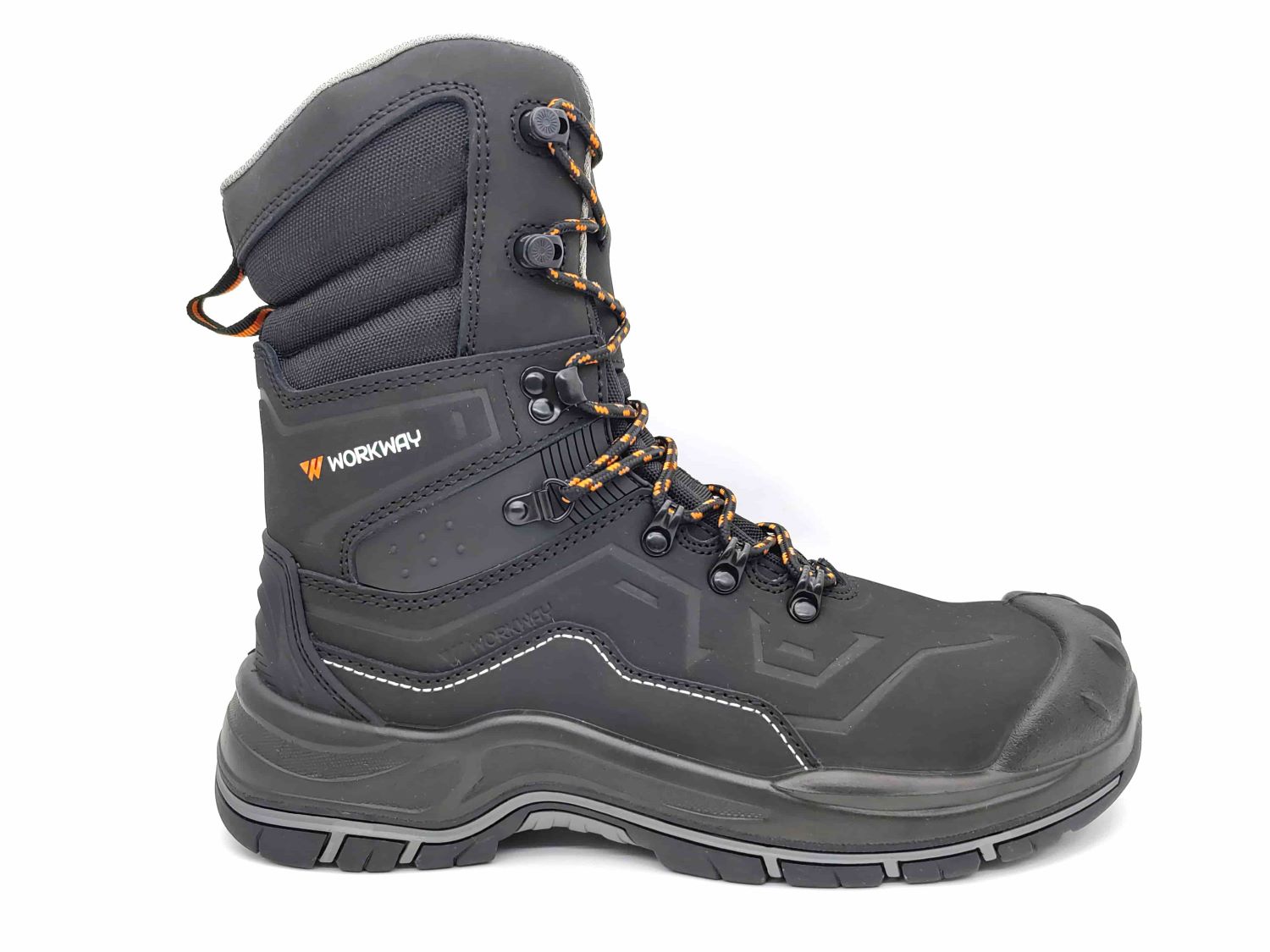
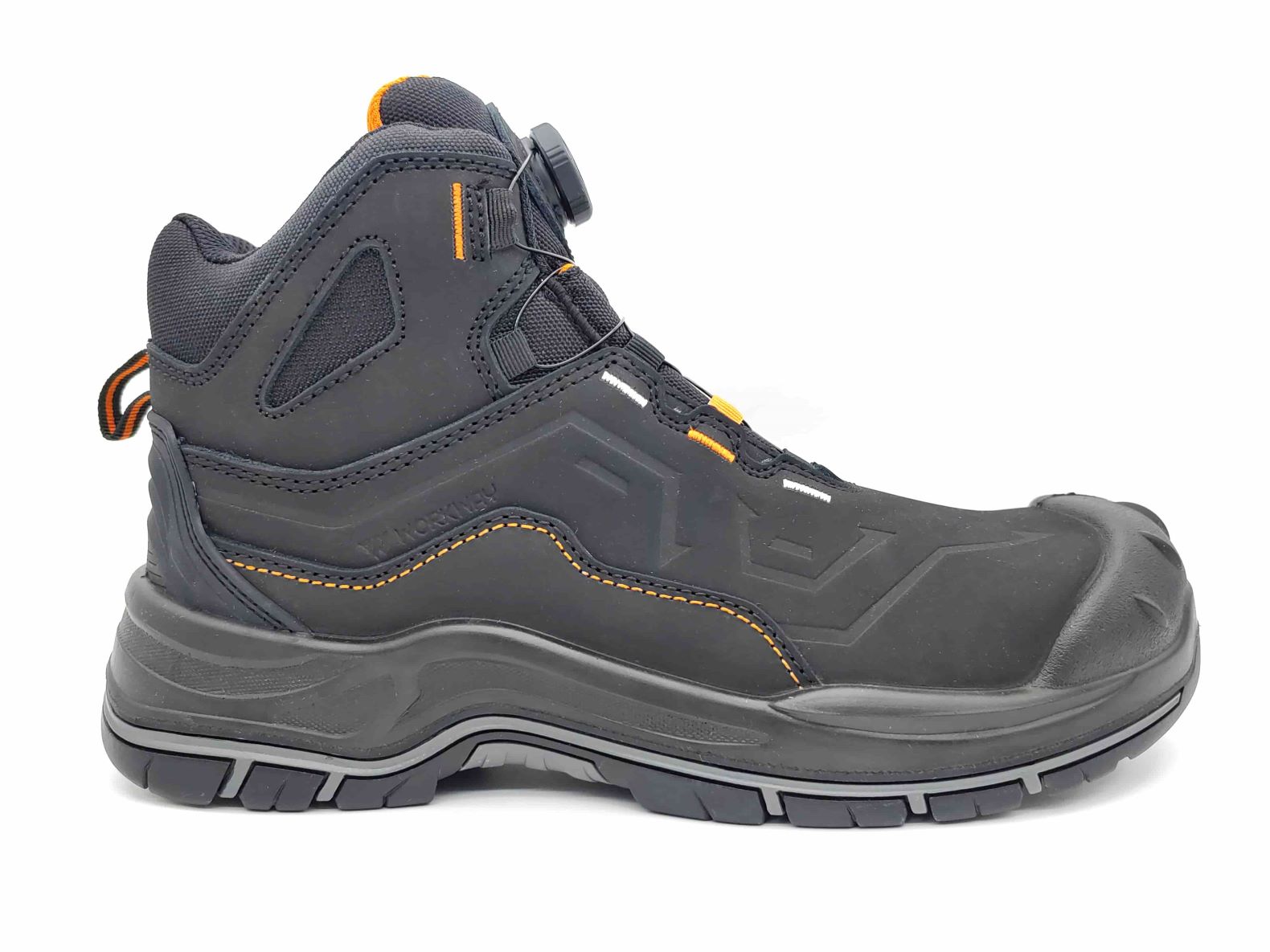
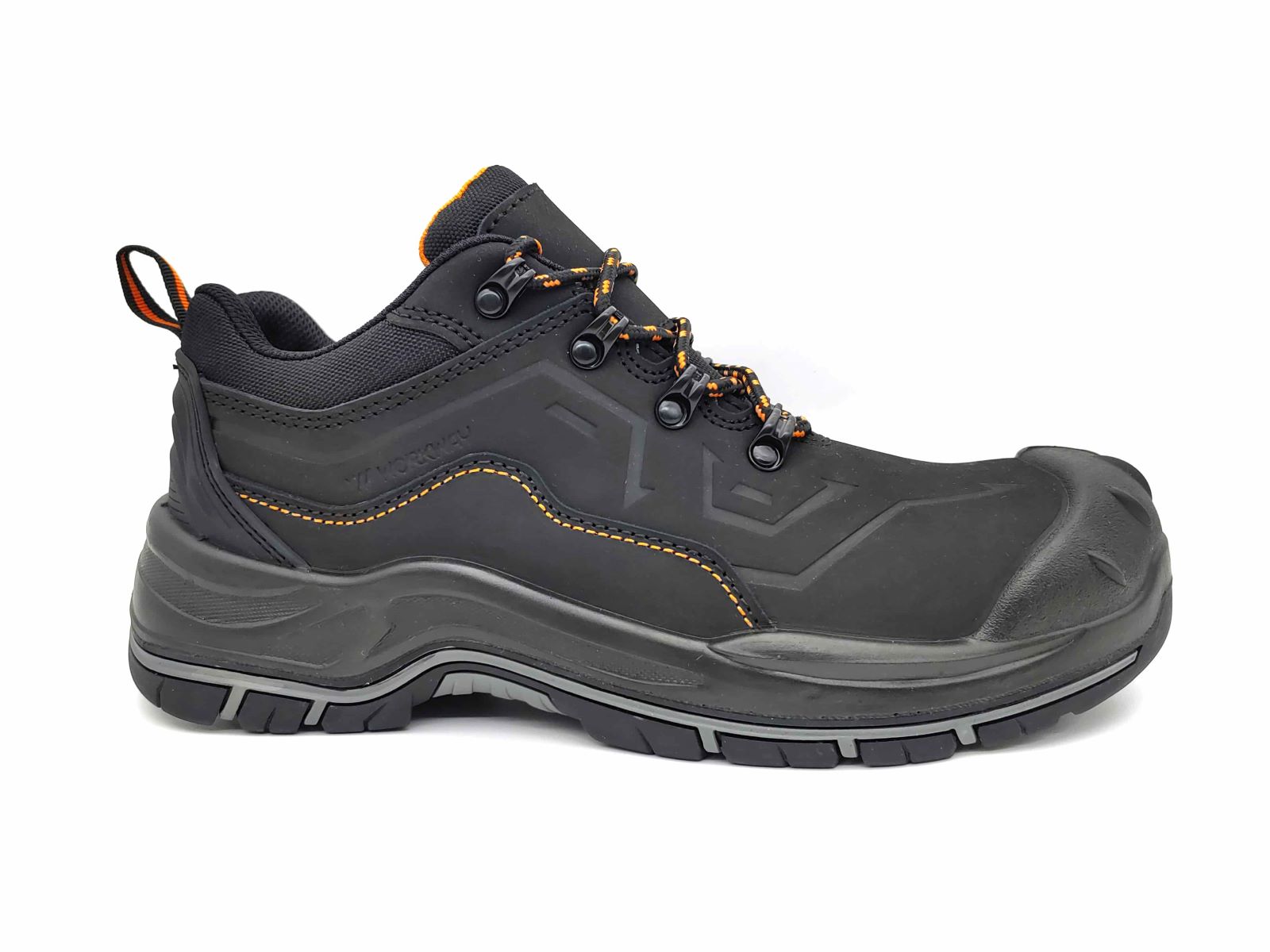
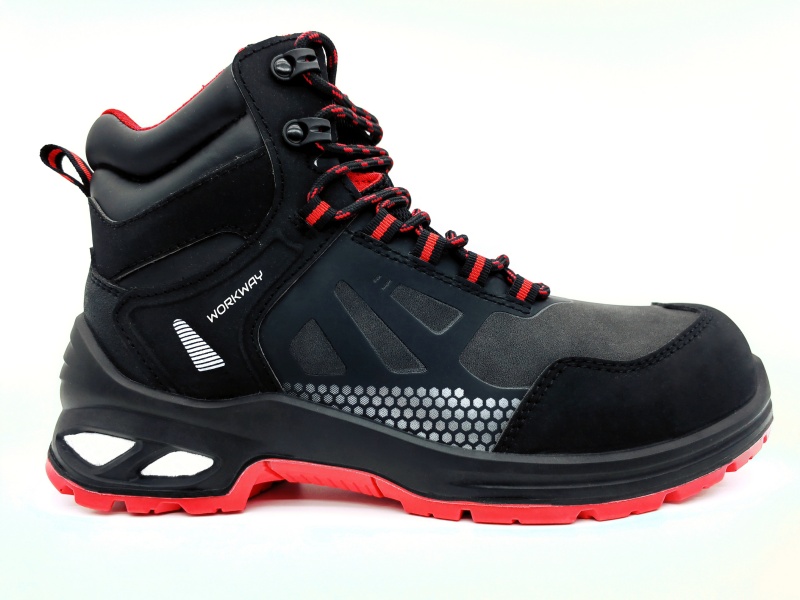
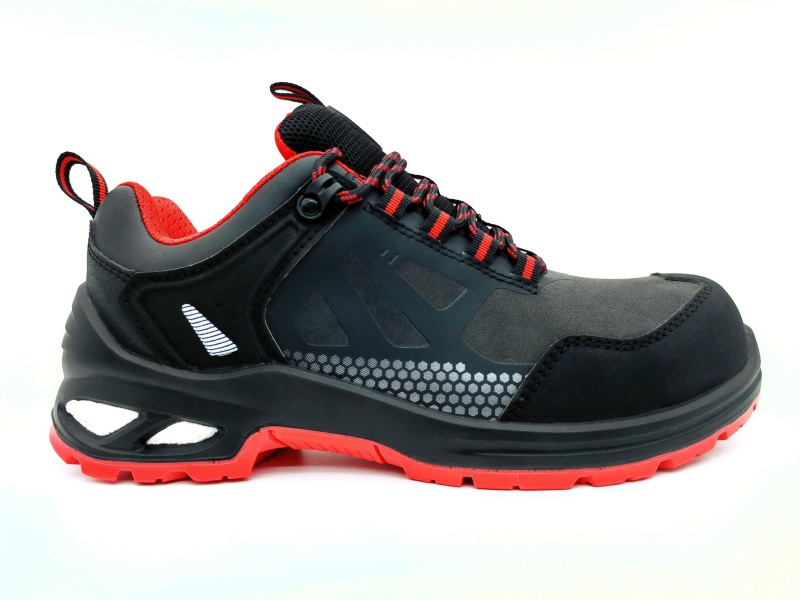
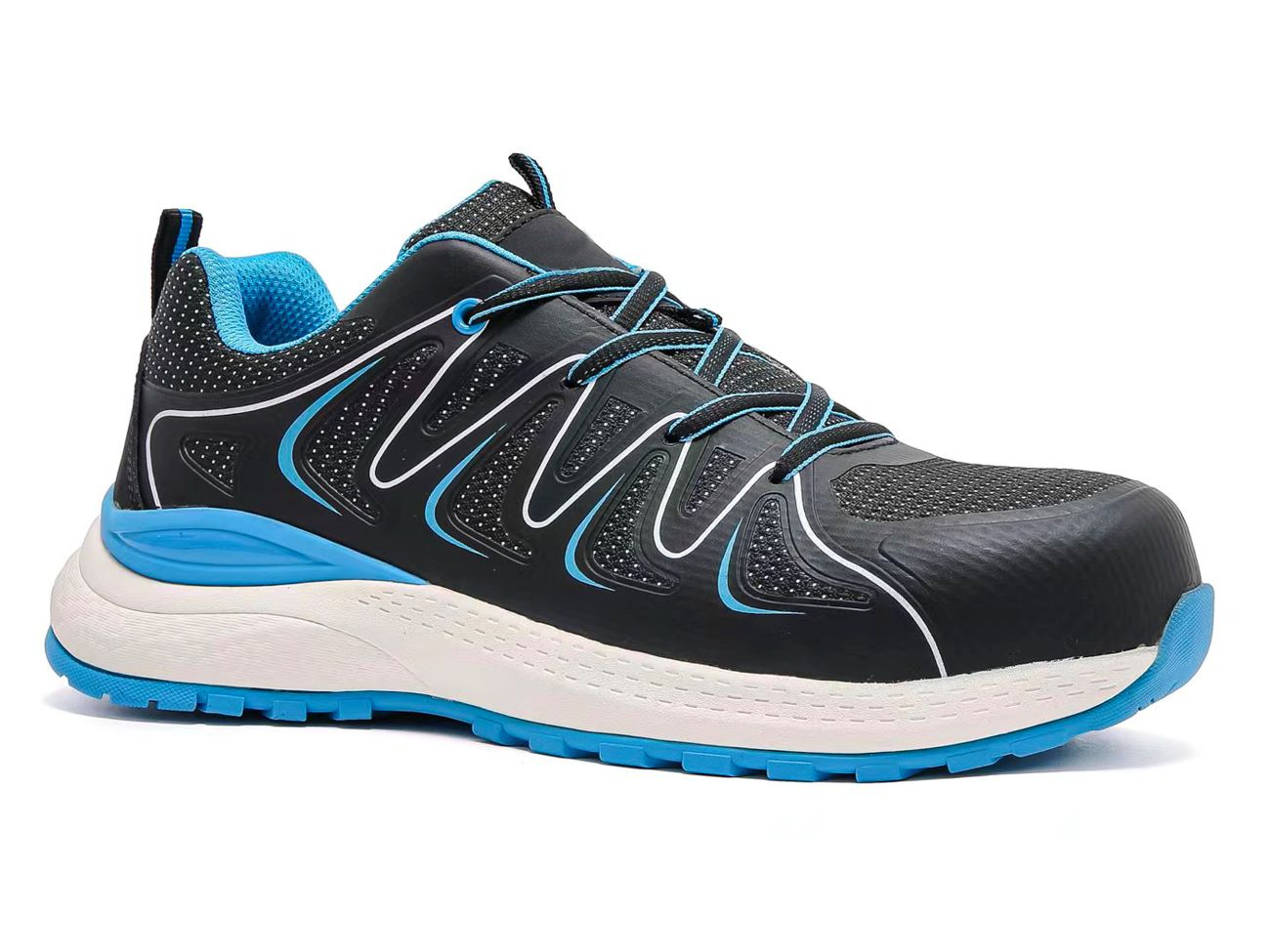
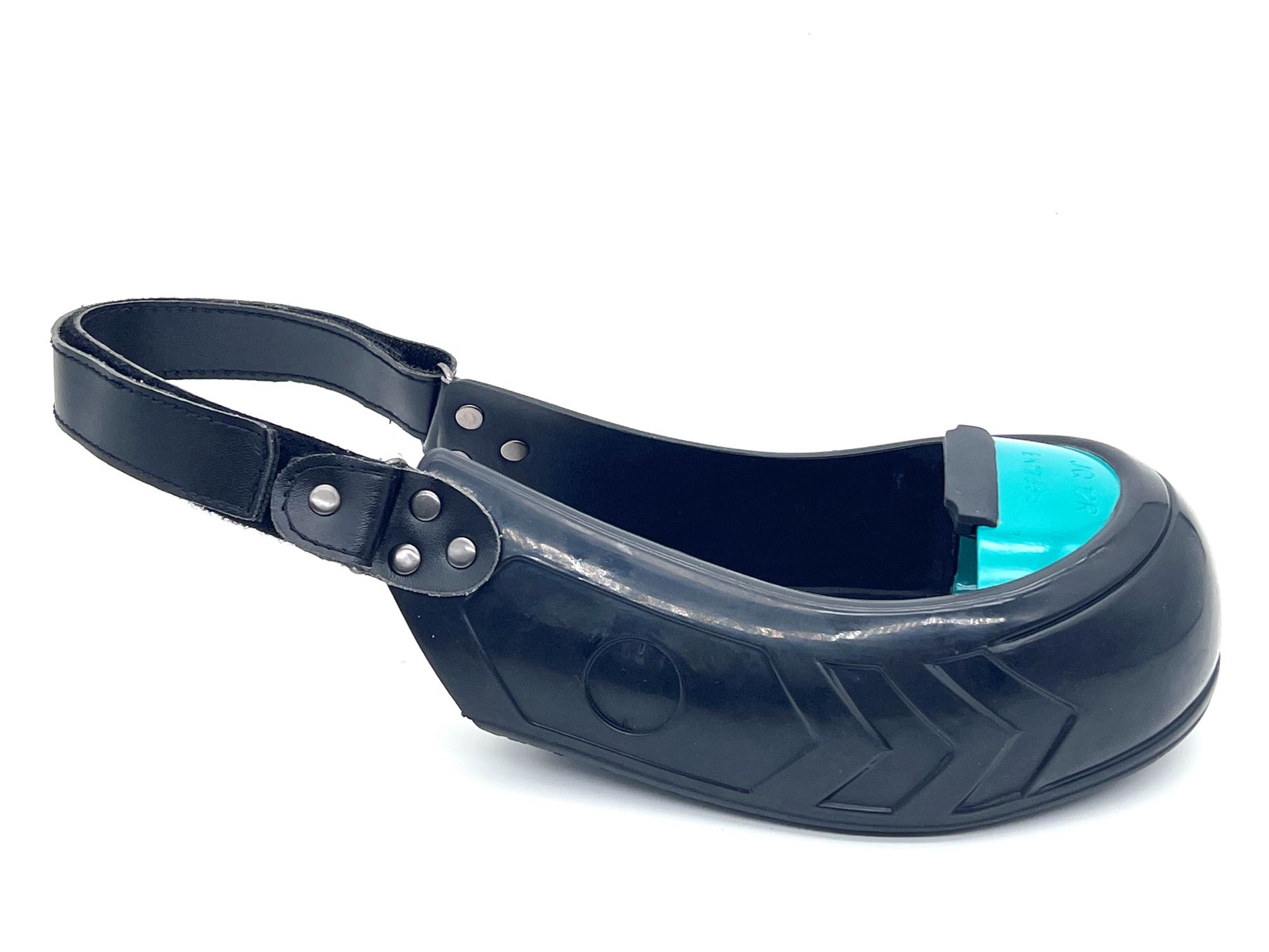
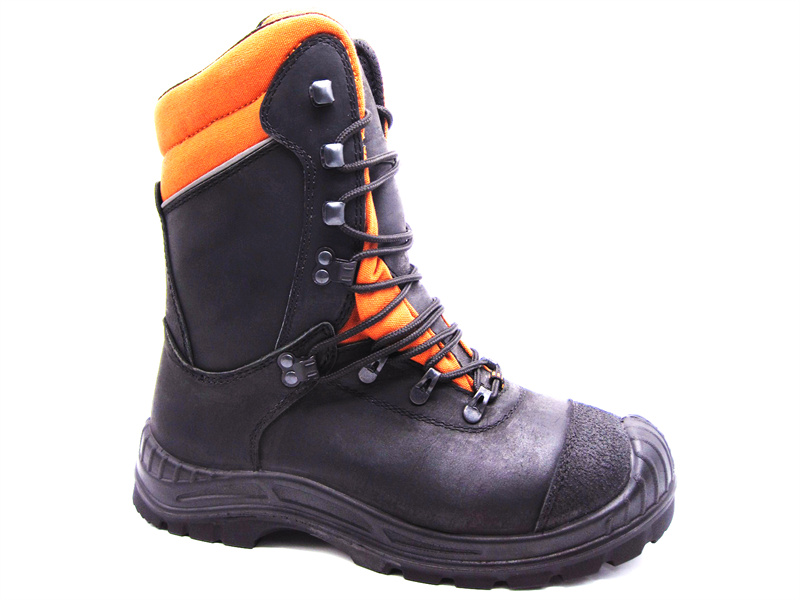

 Jack
Jack



